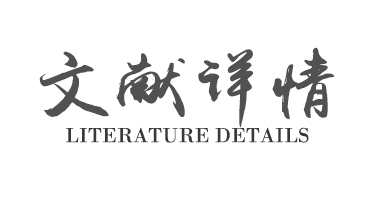摘要:
Qi-Sai-Er-Sang-Dang-Song Decoction (QSD, ཆུ་སེར་སེང་ལྡེང་སུམ་ཐང་།), a Tibetan classical herbal formula, is commonly used in Tibetan hospital preparation for the treatment of rheumatoid arthritis (RA). Its efficacy is to relieve inflammation, dispel cold, remove dampness, and alleviate pain. However, its anti-RA mechanism is still unclear.This study aimed to investigate the effect of QSD on rheumatoid arthritis and explore its anti-inflammatory mechanism against human fibroblast-like synoviocytes (HFLSs) by regulating the notch family of receptors (NOTCH1)/Nuclear factor-κB (NF-κB)/nucleotide-binding (NLRP3) pathway.We used ultra-performance liquid chromatography coupled with Q-TOF mass spectrometry (UPLC-Q-TOF-MS) to identify the chemical composition of QSD. Then, HFLSs were exposed to drug-containing serum. The effect of QSD drug-containing serum on HFLS viability was detected using the cell counting kit-8 (CCK-8) assay. Next, we explored the anti-inflammatory effect of QSD using enzyme-linked immunosorbent assay (ELISA) for inflammatory factors, such as interleukin-18 (IL-18), interleukin-1β (IL-1β), and interleukin-6 (IL-6). The expression of NOTCH-related proteins, a member of the NOTCH1, Cleaved NOTCH1, hairy and enhancer of split-1 (HES-1), NF-κB p65, NF-κB pp65, NLRP3, and delta-like 1 (DLL-1), was examined using western blotting. Furthermore, the relative mRNA expression levels of NOTCH1, NF-κB p65, NLRP3, DLL-1, and HES-1 were detected using real-time quantitative (RT-qPCR). To explore the mechanism underlying the anti-RA effect of QSD, we the used the NOTCH signaling pathway inhibitor LY411575 and transfection with a NOTCH1 siRNA. In addition, we employed immunofluorescence to determine the expression of HES-1 and NF-κB p65 in vitro.Our results revealed that QSD ameliorated inflammation in HFLSs. Compared with the model group, the QSD drug-containing serum group had obviously down-regulated levels of IL-18, IL-1β, and IL-6. Consistently, the CCK-8 results showed that the QSD drug-containing serum had no obvious toxicity towards HFLSs. Moreover, both LY411575 and siNOTCH1, QSD could reduce NOTCH1, NLRP3, and HES-1 protein expression levels, and LY411575 could significantly inhibit the expression levels of NF-κB p65, NF-κB pp65, and Cleaved NOTCH1 (p < 0.05). siNOTCH1 could also suppress the expression of DLL-1. The RT-qPCR results indicated that QSD could downregulate the relative mRNA expression levels of NOTCH1, NF-κB p65, NLRP3, DLL-1, and HES-1 in HFLSs (p < 0.05). In the immunofluorescence experiment, the fluorescence intensities of HES-1 and NF-κB p65 in HFLSs were found to decrease after exposure to QSD drug-containing serum (p < 0.05). Ultimately, 44 chemical components were detected in QSD using UPLC-Q-TOF-MS.This study reveals that the QSD can markedly ameliorate inflammation induced by TNF-α on HFLS. The effect of QSD on HFLS may be exerted by inhibition of the NOTCH1/NF-κB/NLRP3 signaling pathway.Copyright © 2023 Elsevier B.V. All rights reserved.

